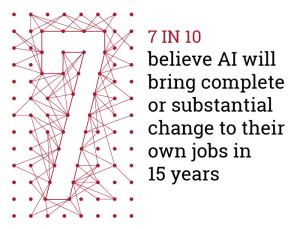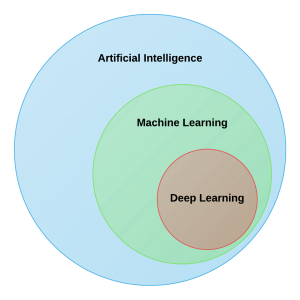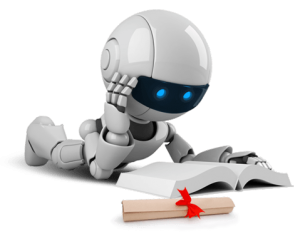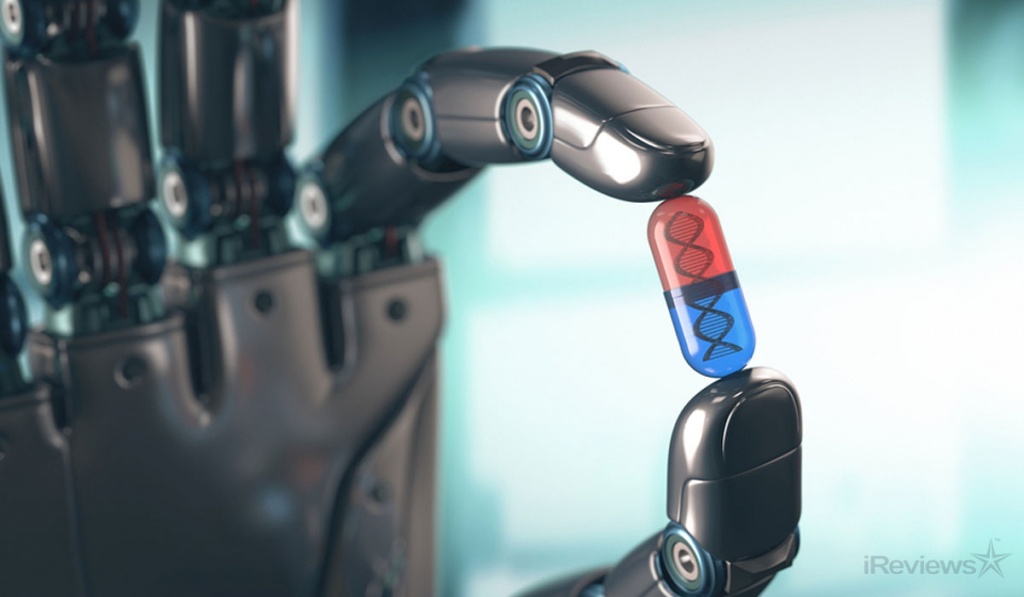Artificial Intelligence (AI) and Machine Learning (ML) are the hottest buzzwords since fidget spinners. They are being thrown around every time there is a new tech product announced. Granted some of that is warranted with the new phones and buzz about self driving cars, but tech company’s are using the terms interchangeable and many don’t know the difference. What do the terms really mean? Is AI the same as ML?

The quick explanation is the concept that machines can process data and learn from it. Then the machine will make decisions from that learning. No humans required. Artificial Intelligence is just the broader term around machine learning that machines are in fact “smart.” Big technology companies like Google and Nvidia are currently working on developing machine learning applications. They are pushing computers to learn the way a human would learn. How does this work?

Artificial Intelligence/Machine Learning Everyday Examples
We are using AI everyday and its so embed in our lives we may not even recognize it. Why do you think the smartphone is called a smart phone? It is constantly learning about you and predicting. When you use maps, or you search it learns about your habits and learns to correct for it or suggest to you anyway. The next big thing will be self driving cars. They will be making decisions that you would have normally made. Check out this self driving car.
Four industry’s that will use AI?
- The financial industry will use AI to predict the stock market.
- The transportation industry like Tesla, Google and Uber are all making cars.
- Business and marketing will use AI to help predict consumers habits or analyze their purchasing habits.
- Finally, the healthcare industry could see a radical change. AI doctors could make diagnosis based on input from the patient. Virtual doctors are already paving the way for patients becoming comfortable with a non-personal experience. The areas they could provide value is:
- Preventative care… Predicting disease outbreaks on both the individual and the community level.
- Diagnostic care… Automatically classifying image data, such as scans, x-rays, etc.
- Insurance… Adjusting insurance premiums based on publicly available risk factors.
Conclusion
AI and ML are here to stay and will continue to be part of our lives. Hopefully not take over our lives – that’s on us to make the technology work for us, not for them. There are definite benefits to AI and ML in our tech. However, it’s not all roses.
While AI and ML seem like cool concepts, there will be a downside, particularly in the unemployment area. Robots will replace humans in their jobs. It’s happening now. Amazon is using just as many robots as they are people to process orders. The biggest hurdle is humans trusting robots to do certain tasks, like driving or making a diagnosis. While these things are possible, people will take some time to be comfortable with the idea.
I assume that robots will have their own set of rules and regulations. Much like Isaac Asimov wrote in I Robot, the robots must follow 3 laws:
- A robot may not injure a human being or, through inaction, allow a human being to come to harm;
- A robot must obey the orders given it by human beings except where such orders would conflict with the First Law;
- A robot must protect its own existence as long as such protection does not conflict with the First or Second Law

One last thought is to consider how Google Photos recognizes and learns images.
How does it recognize your sunsets, people’s faces and your pets. See how this works in the video below.
